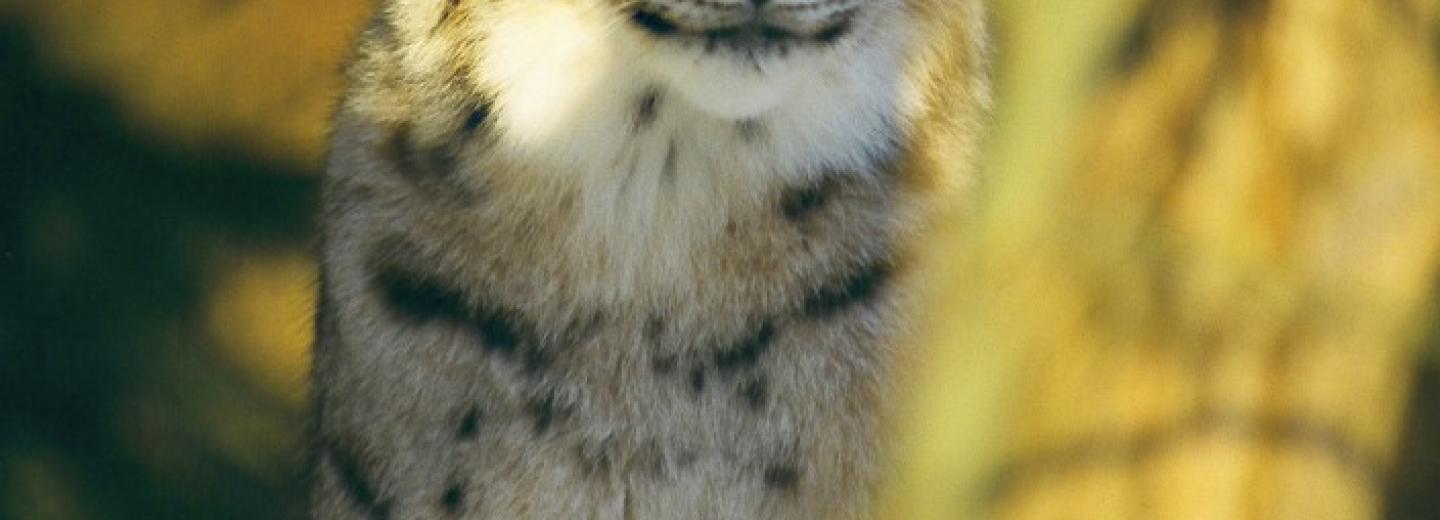
Lives mainly in wooded areas, but also occupies open spaces over the timberline. The colour of its fur varies from grey in winter to reddish-brown in summer. Its distinguishing features are the tufts of hair on its ears and its thick whiskers. It has retractable claws and a short mandible and jaw, with only 28 teeth. Its length is about 80-130 cm, plus a 20-25 cm tail, with a height at the wither of 55-70 cm; its weight varies from 16-24 kg for females to 20-30 kg for males.
It is purely carnivorous and in general eats only what it hunts, but it also feeds on carcasses. Its main prey in the mountainous regions are roebuck and chamois, but it also preys on foxes, deer, hares, marmots and less frequently on young boar, small rodents and birds.
Among the domestic animals that it preys on are sheep, goats and stray cats and dogs.
The presence of the lynx in the park is still in doubt. Many reports have been made of direct and indirect encounters, but, without specific research, it is difficult to establish the existence of specimens resident in the protected area. On the other hand, the strict territoriality of adults and the need for large feeding areas (around 200-300 km2) allows for the presence of a maximum of two lynx couples in the entire protected area, which would make a sighting an exceptional event.
